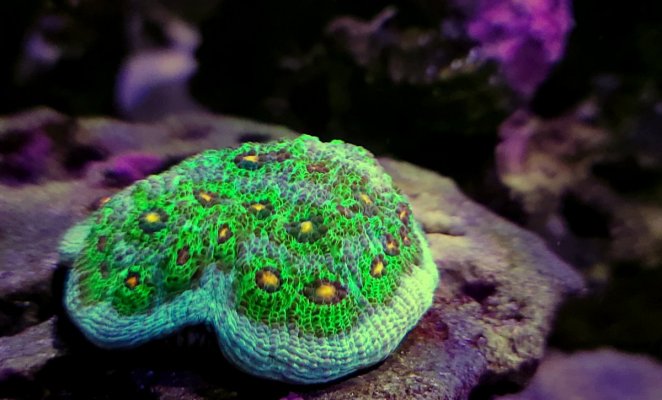- Joined
- Dec 27, 2016
- Messages
- 466
- Reaction score
- 335
Well I’ve been at this for 3 years and finally have the dreaded Dino’s, went on vacation for a week and they are here when I get back,pretty sure they are ost.
My parameters were
Phos.03
Nitrate 5
Alk 9.1
Ph 8.4
I dosed my phosphate to what should be .1
My nitrate to what should be 15, added some charcoal to help with the toxins because by birdsnest is already looking not too good, I’ve turned off my whites. Ordering a UV, anything else I should do? I have a lot of cheato in my fuge, should I remove it?


My parameters were
Phos.03
Nitrate 5
Alk 9.1
Ph 8.4
I dosed my phosphate to what should be .1
My nitrate to what should be 15, added some charcoal to help with the toxins because by birdsnest is already looking not too good, I’ve turned off my whites. Ordering a UV, anything else I should do? I have a lot of cheato in my fuge, should I remove it?
Last edited:


















